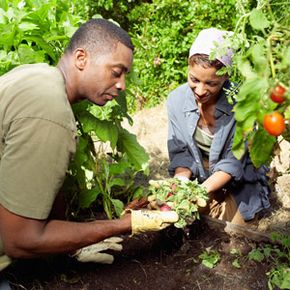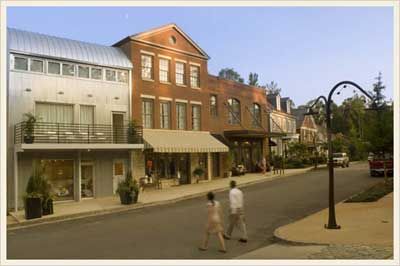Earth is made up of many ecosystems existing in balance with one another. Enter man, especially man in large numbers, and imbalances occur. Green communities are planned, designed and created in order to reestablish that balance. Although it originally referred to restoring balance in nature's ecosystems, the term "permaculture" has come to mean any system, natural, political or cultural that can be structured to be more self-sustaining, cooperative and resilient. Permaculture as applied to sustainable, human living systems, is what green communities are all about. [Source: Permaculture Net]
In the 1970s, Bill Mollison, an Australian wildlife biologist, coined the term permaculture when he realized that the way diverse elements in nature worked together to supply their collective needs could be adopted to create agricultural systems. In nature, everything has a job to do, often many jobs, and those jobs benefit the whole. Trees provide shade and protection, decaying plants enrich the soil, both trees and plants feed birds and other wildlife, and birds eat insects that are a threat to the plants and trees. It's an old idea updated to meet today's challenges.
Advertisement
When lots of people live together, they need energy, reliable food sources, abundant water, transportation, waste recycling and a cooperative government to regulate and monitor everything. Creating a plan that allows these complicated human systems to coexist in a way that's in balance with the environment is one of the goals of the green movement. Some green communities are ambitious, trying to integrate a number of systems at once, while others try to take one or two elements at a time, like energy or food production, and adopt more features of green living according to long-term planning strategies.
In the next section, we'll take a look at how green communities are finding eco-friendly energy sources.
Advertisement


